Optimal Timing for Concrete Leveling
Concrete levelings are most effective when performed during specific weather conditions that allow for proper curing and adhesion. Temperature, humidity, and precipitation play critical roles in ensuring a durable and long-lasting result. Understanding the optimal timing can help prevent issues such as cracking, shifting, or uneven settling.
Concrete leveling is best done when temperatures are between 50 and 85 degrees Fahrenheit. Extreme cold or heat can affect the curing process and the quality of the repair.
Spring and fall generally provide the most stable weather conditions for concrete levelings. Avoid performing repairs during freezing temperatures or heavy rainfall.
Waiting for clear, dry days with mild temperatures ensures optimal conditions. Avoid working during or immediately after storms or snow.
Scheduling during periods of low humidity can enhance adhesion and curing, leading to better durability of the leveling.
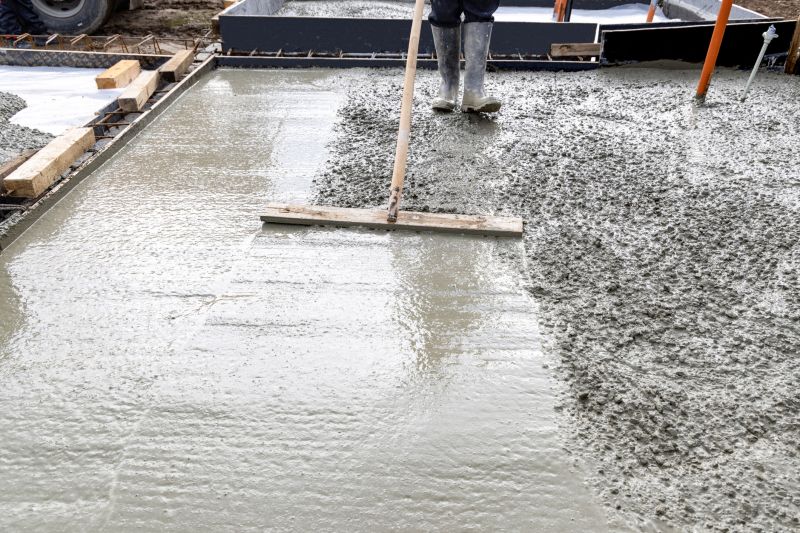
Ideal for moderate temperatures and dry conditions, ensuring effective results.
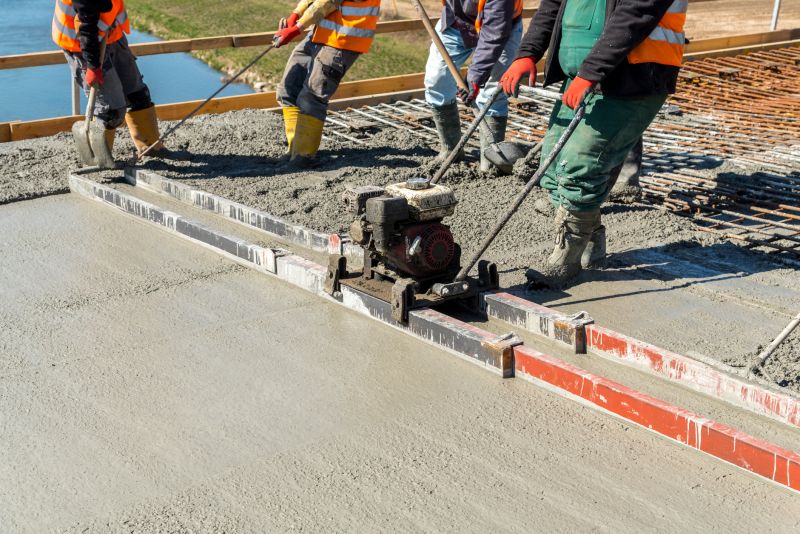
Perform during cooler parts of the day to avoid heat-related issues.
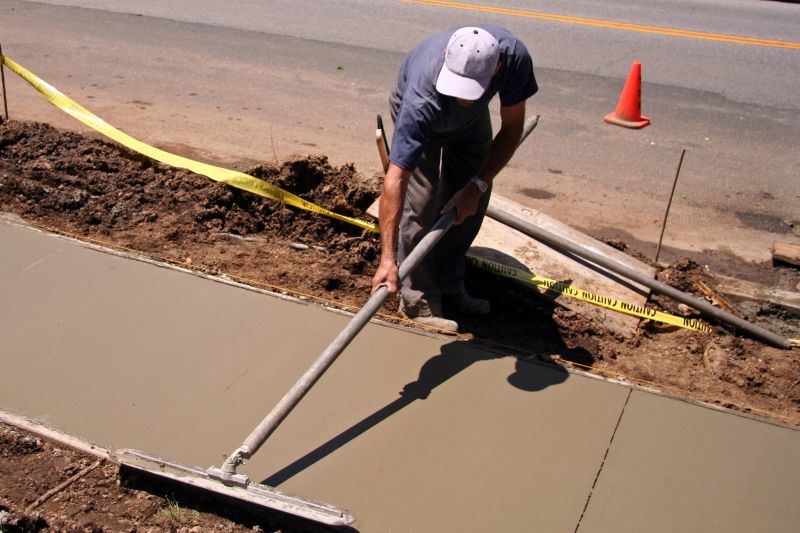
Suitable for completing repairs before winter sets in.

Ways to make Concrete Levelings work in tight or awkward layouts.
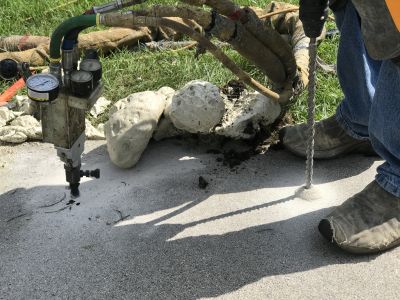
Popular materials for Concrete Levelings and why they hold up over time.

Simple add-ons that improve Concrete Levelings without blowing the budget.
| Season | Recommended Conditions |
|---|---|
| Spring | Moderate temperatures, dry weather, no frost |
| Summer | Warm temperatures, avoid peak heat hours |
| Fall | Cooler temperatures, dry conditions |
| Winter | Not recommended unless climate is mild and temperatures stay above freezing |
Concrete levelings are a cost-effective solution for correcting uneven surfaces caused by ground settling or concrete deterioration. Proper timing ensures the material properly adheres and cures, extending the lifespan of the repair. The process involves injecting a specialized material beneath the slab to lift and stabilize it, restoring a level surface suitable for foot or vehicle traffic.
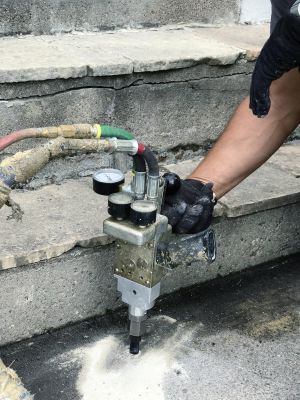
Injection of material beneath the slab to lift and stabilize.
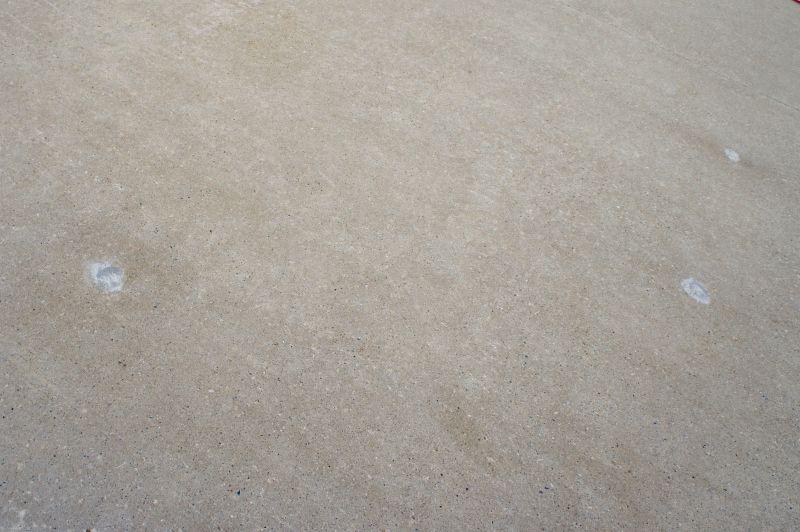
Visual comparison showing the effectiveness of proper timing.
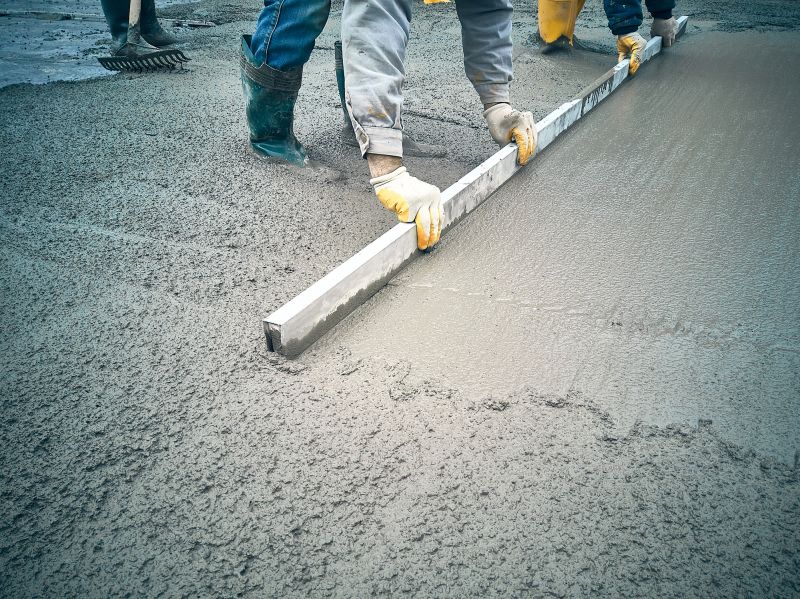
Specialized tools designed for precise and efficient leveling.
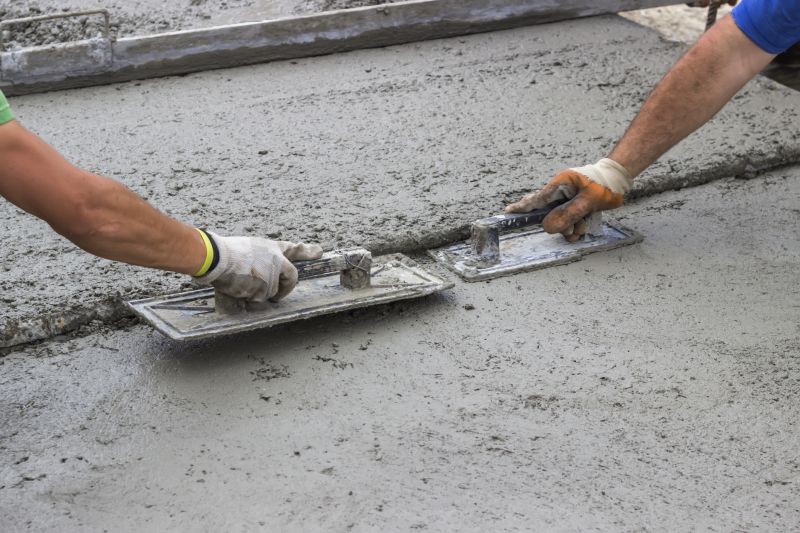
Smooth, even surface ready for use.

High-end options that actually feel worth it for Concrete Levelings.

Finishes and colors that play nicely with Concrete Levelings.
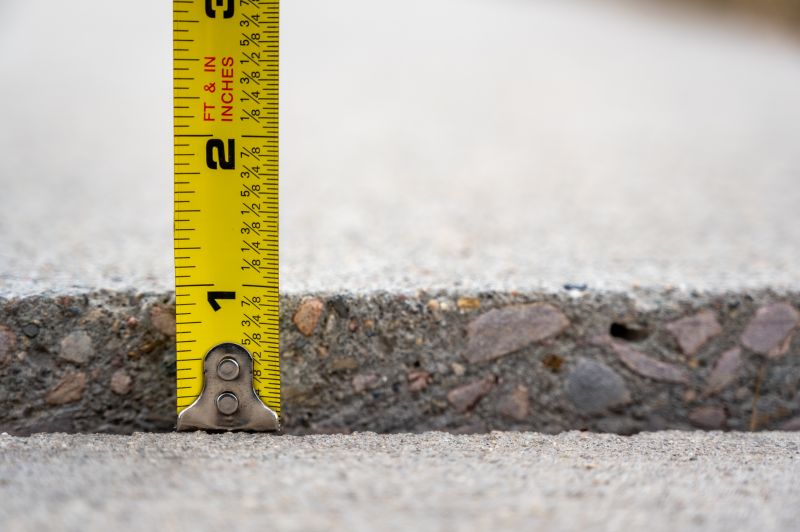
Little measurements that prevent headaches on Concrete Levelings day.
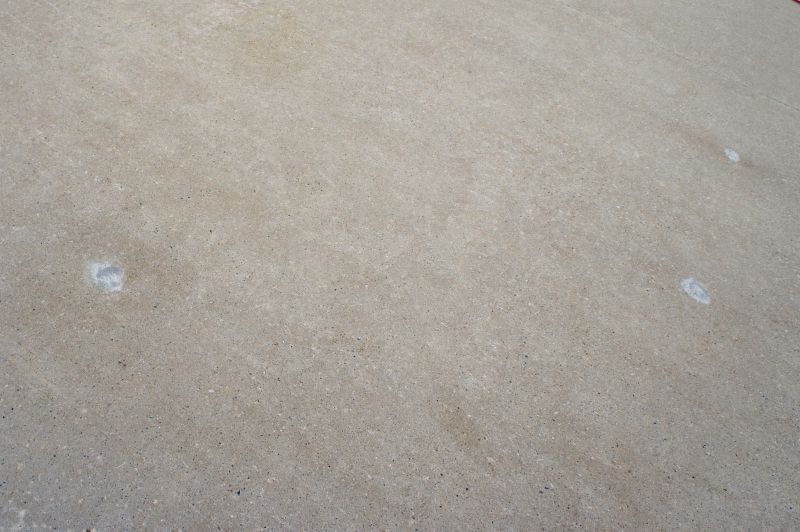
A 60-second routine that keeps Concrete Levelings looking new.
Scheduling concrete levelings during optimal weather conditions minimizes the risk of repair failure and ensures the longevity of the surface. Proper planning and monitoring weather forecasts are essential to achieve the best results.
Interested in concrete levelings for a property in Southfield, MI? Filling out the contact form can provide more information and help plan the best timing for your project.
